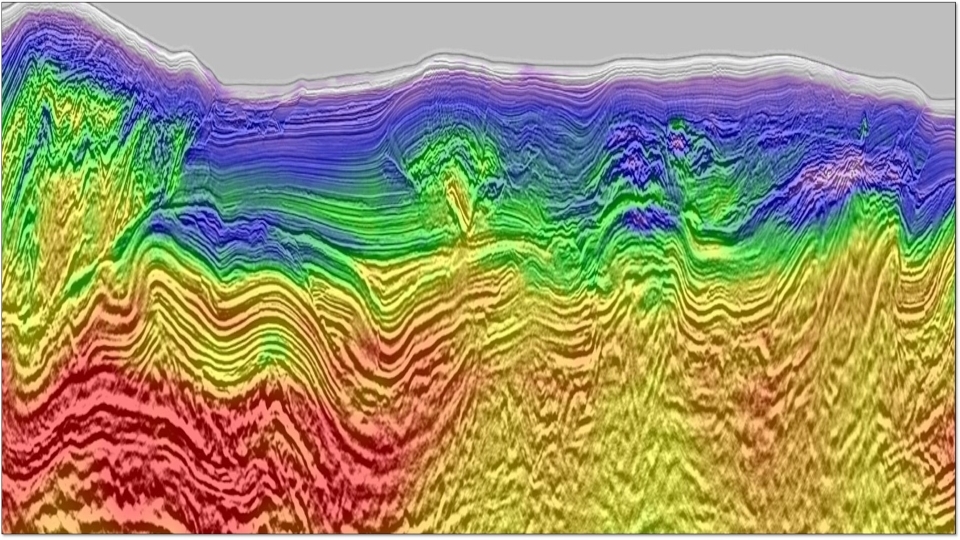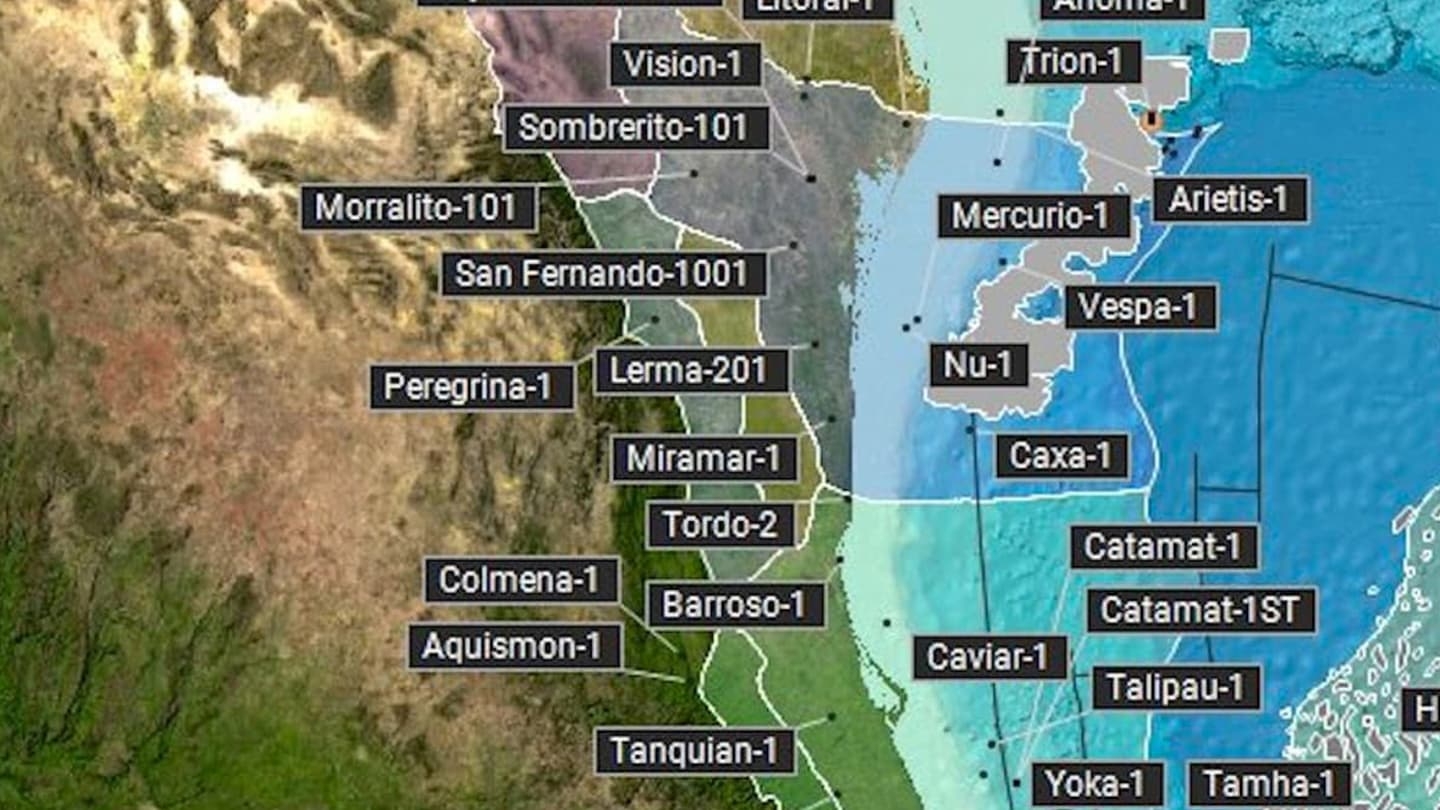Technical Abstract
Velocity model building challenges and solutions for seabed- and paleo-canyons: a case study in Campos Basin, Brazil
Back to Technical ContentThe Campos Basin, offshore Brazil, features complex shallow geology in the forms of pronounced seabed canyons and paleo-canyons. The rapid variations in the velocity field due to these complex shallow geologic features can be difficult for ray-based tomography techniques to resolve, resulting in distorted images in deeper section. Full waveform inversion (FWI) is able to utilize the recorded diving–wave energy to resolve the high-resolution velocity model in these geologically complex areas. Additionally, dip-constrained non-linear slope tomography introduces dip constraints to ray-based residual move-out tomography and is able to capture small-scale velocity anomalies associated with these shallow heterogeneities. A combined workflow of FWI and dip-constrained tomography enabled Chevron to build accurate and detailed velocity models in the Campos Basin, resulting in fewer seismic image distortions. We demonstrate the method using a Campos Basin, Brazil narrow-azimuth streamer dataset.
Download Resource 
Publications
SEG - Society of Exploration GeophysicistsAuthors
Kai Zhang, Javier Subia, Chevron; Chanjuan Sun, Hao Shen, Nuree Han





